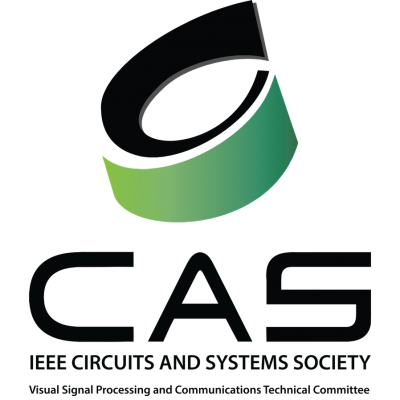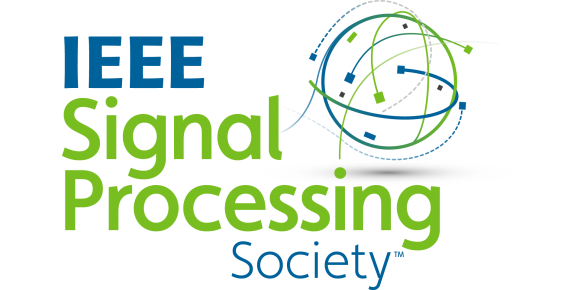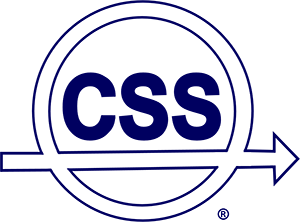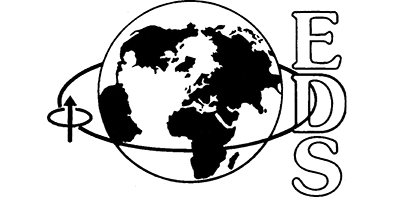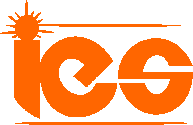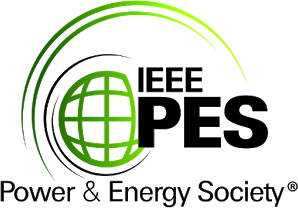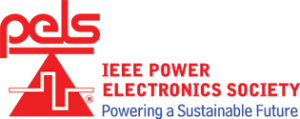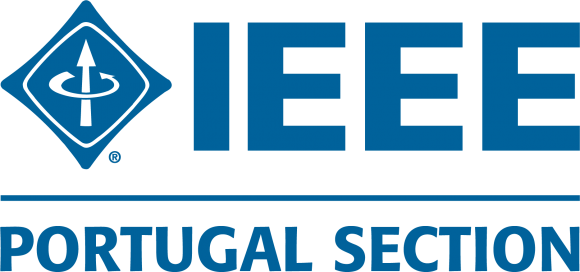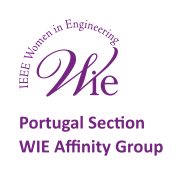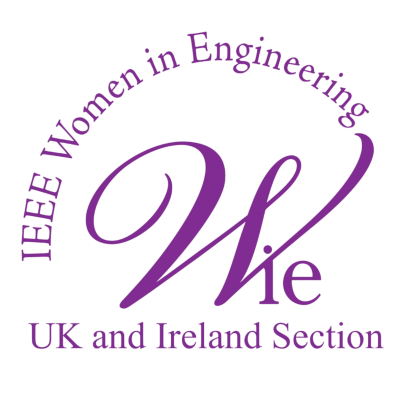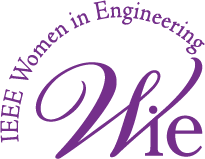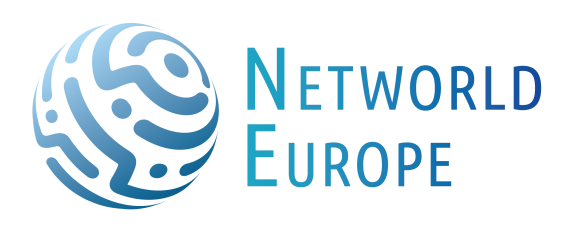Vertical Track: Maritime
Track ID: Vert-02
Description
The oceans cover more than 70 percent of the Earth’s surface, and 90% of our population live within 100 kilometers of the coastline. It is predicted that the blue economy will increase to 3 trillion dollars in 2030, and the oceans which are considered as the lungs of the earth have some impact on climate changes. An improved ocean model called digital ocean is under development to provide safe vessel transportation, reliable maritime surveillance, and accurate climate modeling. A seamless maritime communication network is crucial in developing a digital ocean with real-time sensing information. The maritime Internet of Things (IoT) can be complemented by conventional satellite VHF communications. Compared to land communications, maritime IoT has a very wider coverage and lacks infrastructure such as base stations. It faces many challenges such as massive amounts of maritime data, large number of trajectories induced by many closely interconnected vessels, continuous monitoring with obscured visibility, sustaining required accuracy for predictive maintenance, service requirements and radio spectrum. In this track, research works, including but not limited to the following topics are welcome.
- Cloud computing and maritime IoT
- AI and edge computing
- Unmanned underwater vehicles
- Novel communication architectures for maritime IoT
- Resource allocation, interference, and regulations for maritime IoT
- Buoy sensor array and sensor networks
- Maritime surveillance and early warning systems
- Data fusion and situation awareness
- Applications of maritime IoT such as energy, climate change, agriculture and transportation
Sessions
Session 1: Sensing and maritime surveillance. This session considers the sensing issue of maritime IoT and sensor networks. Topics of interest include sensor design and multiple sensors, signal and array processing, underwater processing and joint domain surveillance, AI and machine learning, sensor and data fusion, situation awareness and resource allocation, command and control.
Session 2: Communications for maritime. Providing seamless communications in maritime is a challenging problem due to the wider area of ocean and the lack of infrastructure. This section considers novel communication architecture including satellite, underwater, air, land and joint domain as well as resource allocation, interference and regulation.
Session 3: Long Endurance Marine Robots. Resident and long endurance robotics is emerging through new battery technologies and at-the-edge or cloud-based computing. These robots can operate offshore for considerable time periods, can carry comprehensive payloads and can offer insight which is useful across many industries.
Session 4: Applications. There are many applications of maritime sensor networks and Iot such as maritime surveillance, situation awareness, transportation, energy, agriculture and others. Applications of novel technologies such as AI,data fusion, edge and cloud computing are also welcome for this section.





